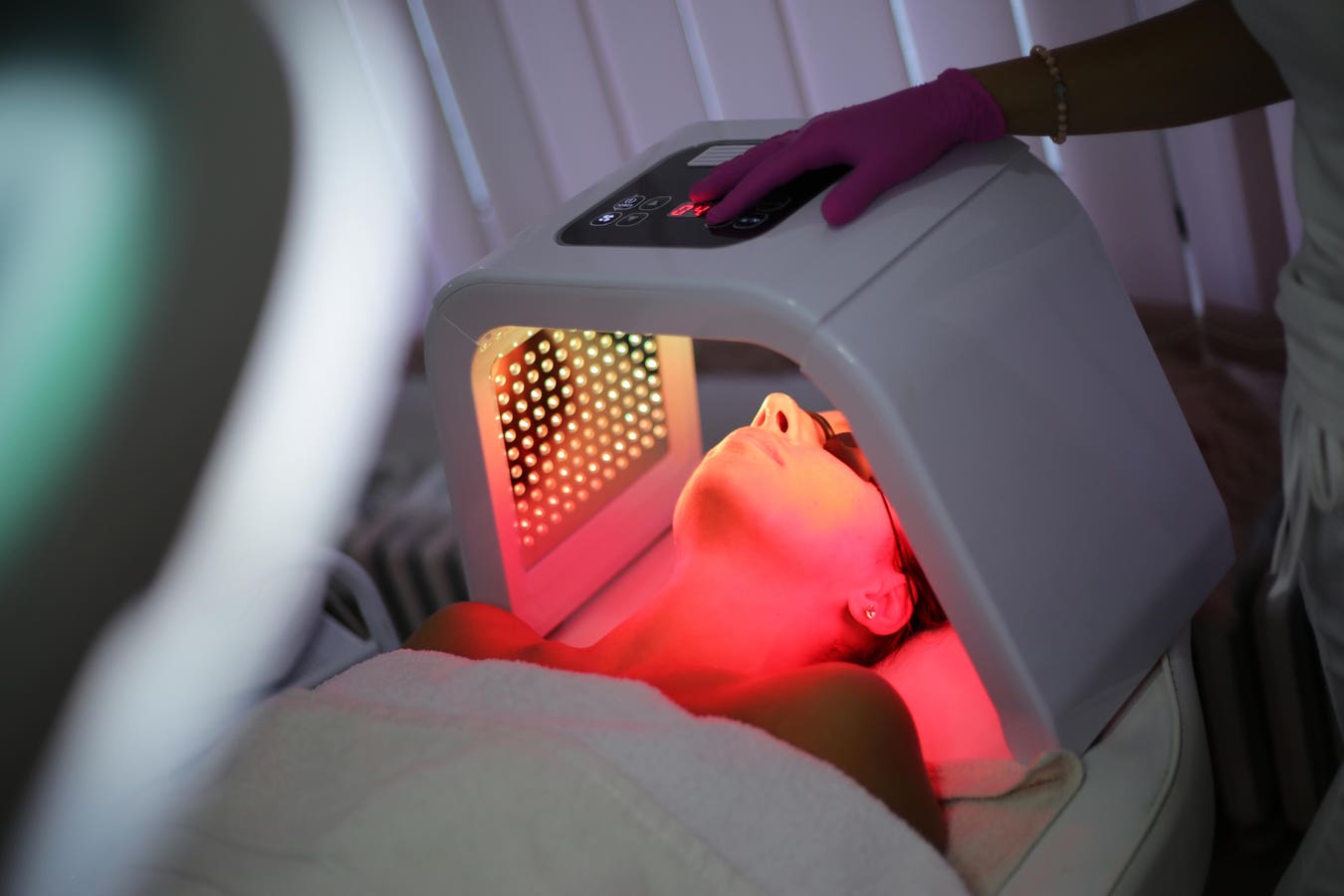Entrepreneur & co-founder of Neuronic, Liam Pingree shares insights on health trends, high performance and business strategy.
Light therapy, also known as photobiomodulation, has steadily carved out a niche in the vast world of therapeutic interventions. With the promise of addressing an array of conditions ranging from seasonal affective disorder (SAD) to skin ailments and now the potential benefits to brain health, it’s not surprising that this sector is experiencing notable growth.
Recent reports provide illuminating insights into the trajectory of this industry. I can also speak from my experiences attending events, such as research conferences on brain stimulation and biohacking conferences for longevity, and seeing the amount of new light therapy companies entering the market and popping up. The industry is rapidly growing.
Why Light Therapy Is Gaining Traction
According to research from Spherical Insights that was published earlier this year, the global light therapy market is projected to grow to $2.10 billion by 2030, marking a compound annual growth rate (CAGR) of 5.3%. I think these numbers are not just indicative of the therapy’s rising popularity but are a testament to its efficacy and the increasing consumer trust in its potential benefits.
There are several reasons why light therapy is on an upward trajectory:
• Wide range of applications: Light therapy is not confined to one specific ailment or condition. Its applications span from helping with long Covid symptoms, to enhancing mood and addressing various skin conditions, to even promising advancements in improving brain health.
• Minimal side effects: Unlike some traditional treatments, light therapy offers a non-invasive approach with minimal side effects, making it an attractive option for many consumers.
• Consumer accessibility: As technology has advanced, light therapy devices suitable for home use have proliferated the market, enabling consumers to access treatment without frequent clinic visits.
A Spotlight On Brain Health
An interesting observation about our healthcare approach is how we prioritize regular checks for most of our organs—we schedule dentist visits for our teeth and plan for regular eye tests and routine physicals. But the brain, one of the most vital organs and, interestingly, one of the first to show signs of decline with age, often gets overlooked.
The conversation around mental health has been prominent, but when will the focus shift to brain health? I think the integration of light therapy in this domain might just be the catalyst we need.
What This Means For Industry Leaders
As research delves deeper into the potential benefits of light therapy, and as more products enter the market catering to diverse needs, the industry is set for a bright future. Stakeholders, from manufacturers to consumers, have a golden opportunity to be part of a therapeutic revolution.
Business leaders should not only keep an eye on the growing trends but also the research that is being published and clinically proven to ensure the efficacy of light therapy is held to high standards.
As more financing becomes available and more media attention is drawn to the rapidly growing industry, it is also vital that companies and business leaders work with reputable companies and work to have their devices rigorously tested.
I am excited to see where the future will go in the light therapy industry and remain optimistic that we will be able to use it as both a preventative treatment for brain health and a potential treatment for neurodegeneration.
Forbes Business Council is the foremost growth and networking organization for business owners and leaders. Do I qualify?
Read the full article here





